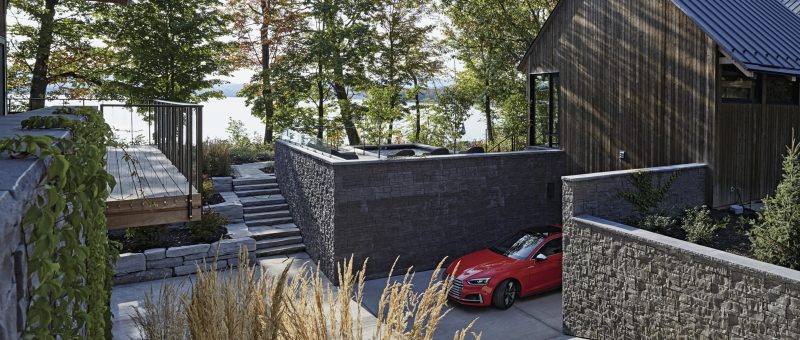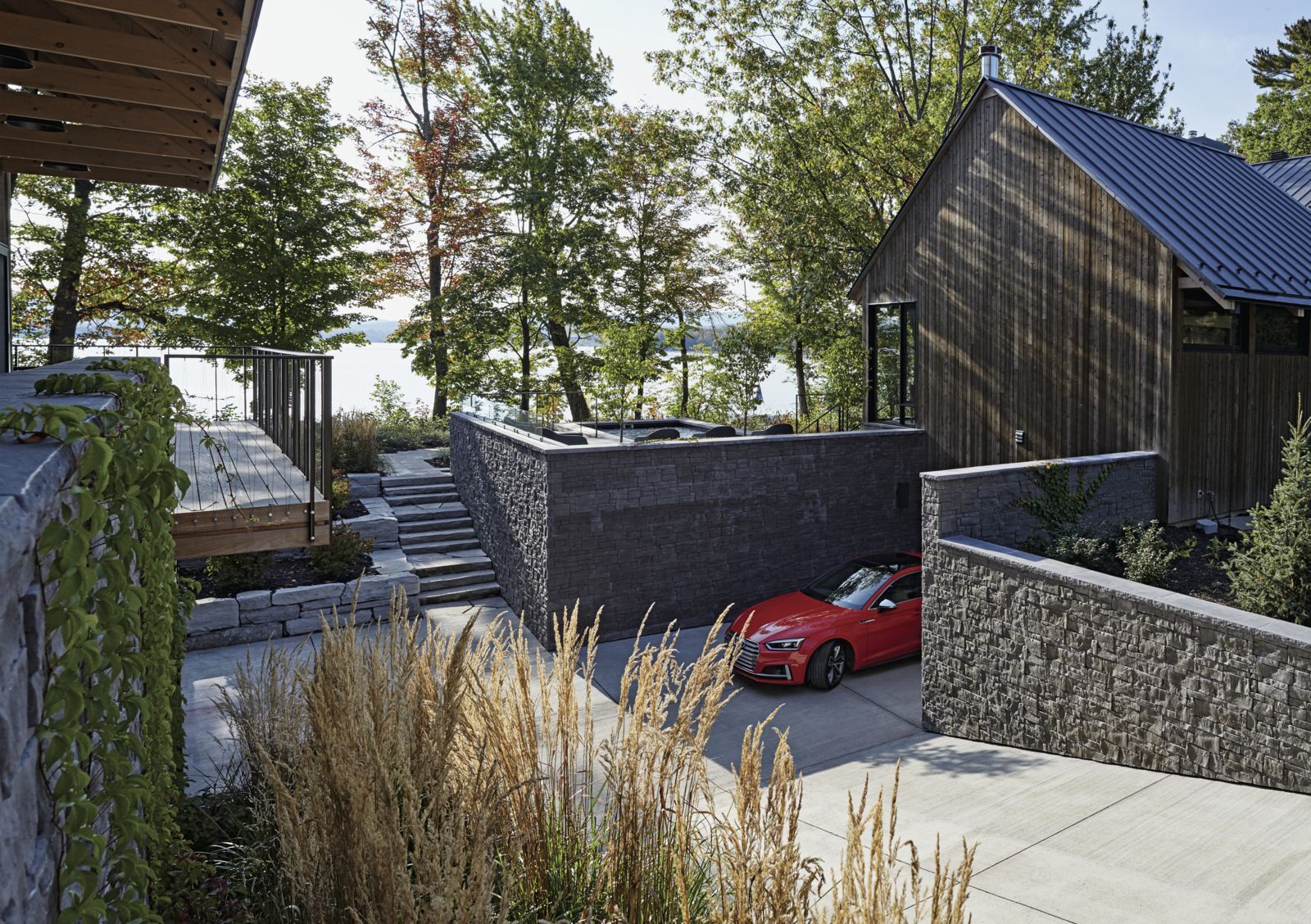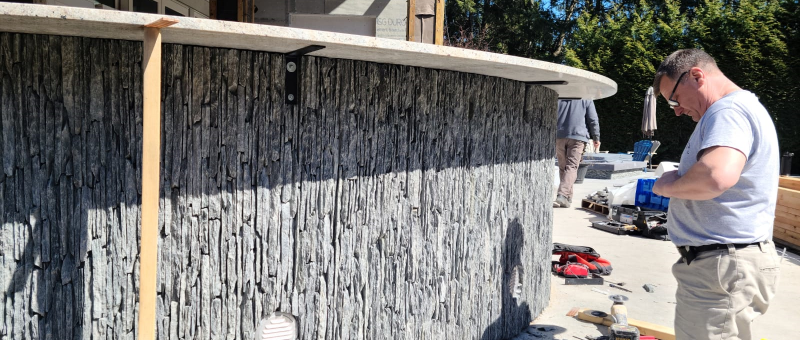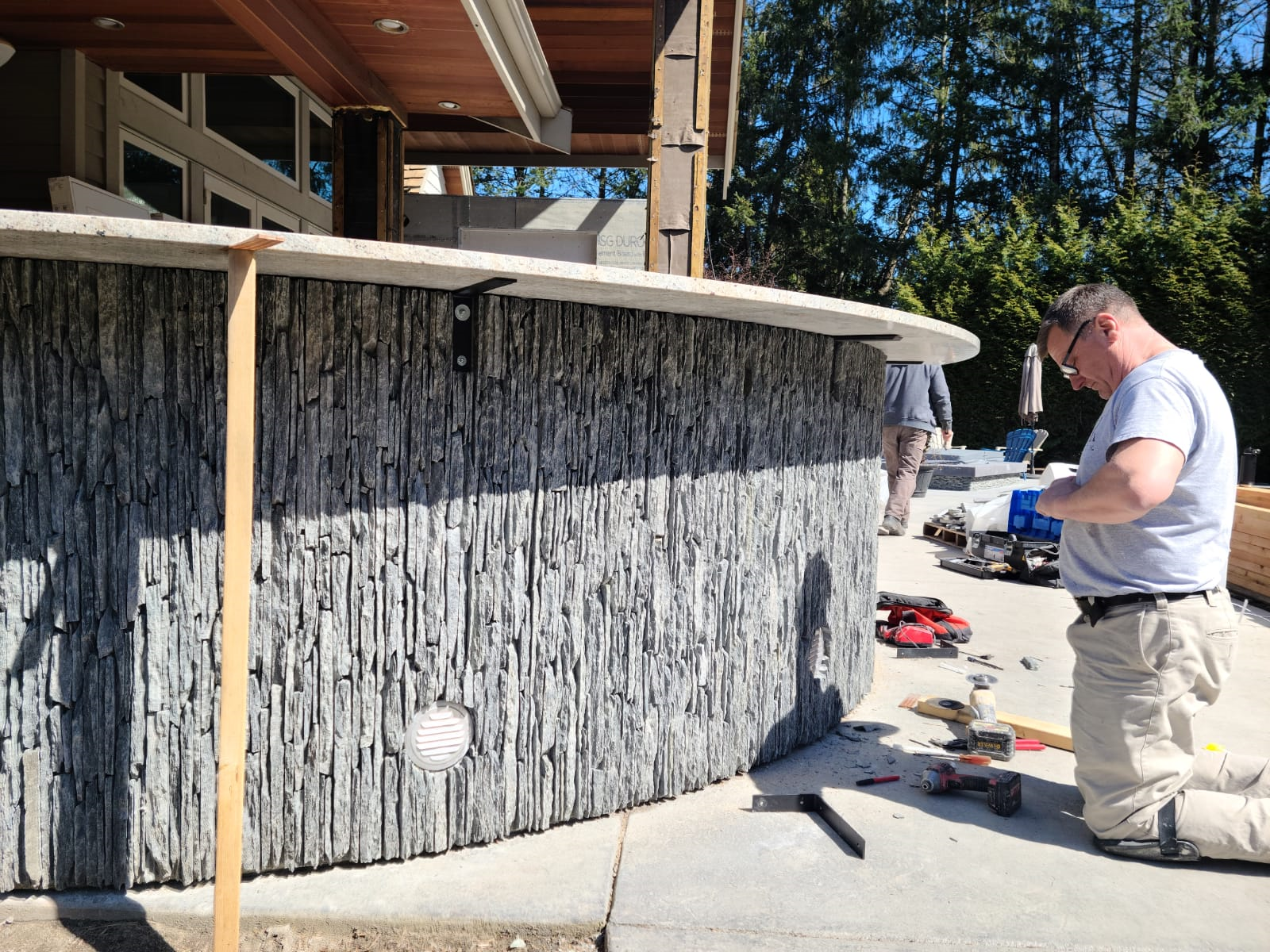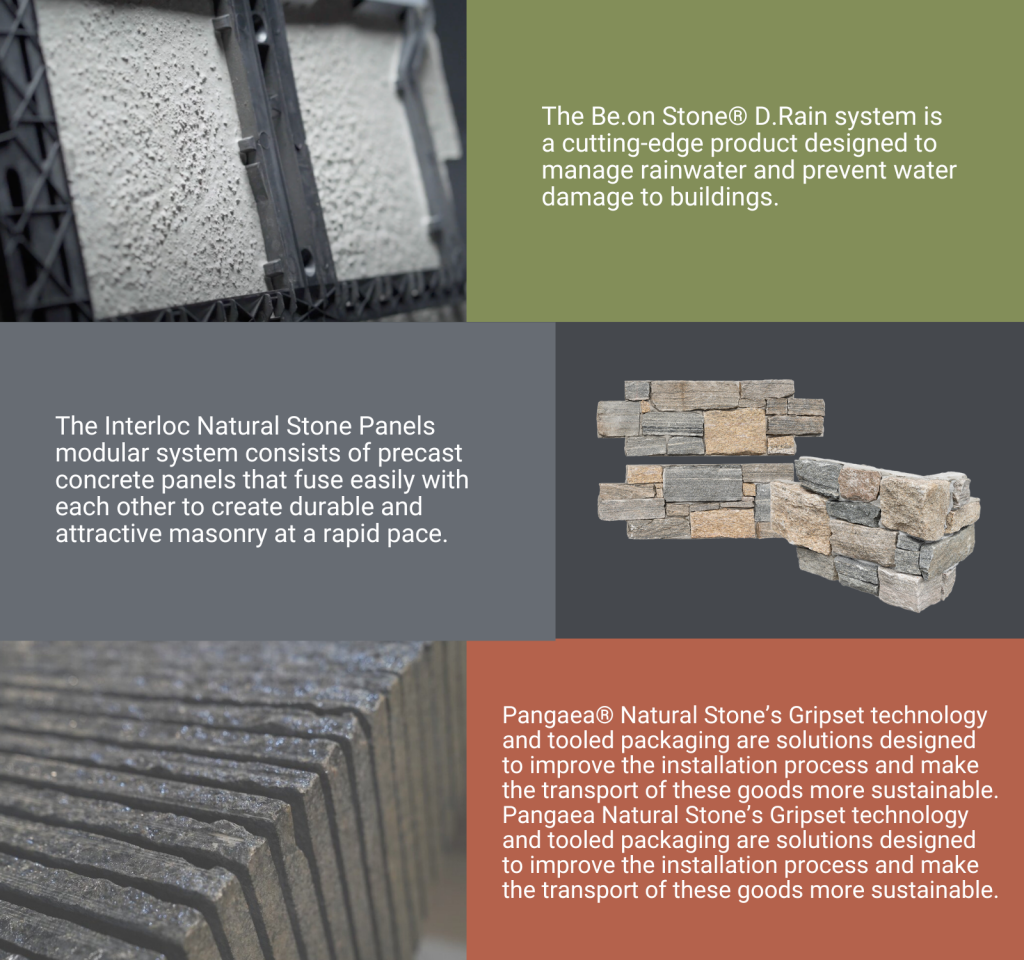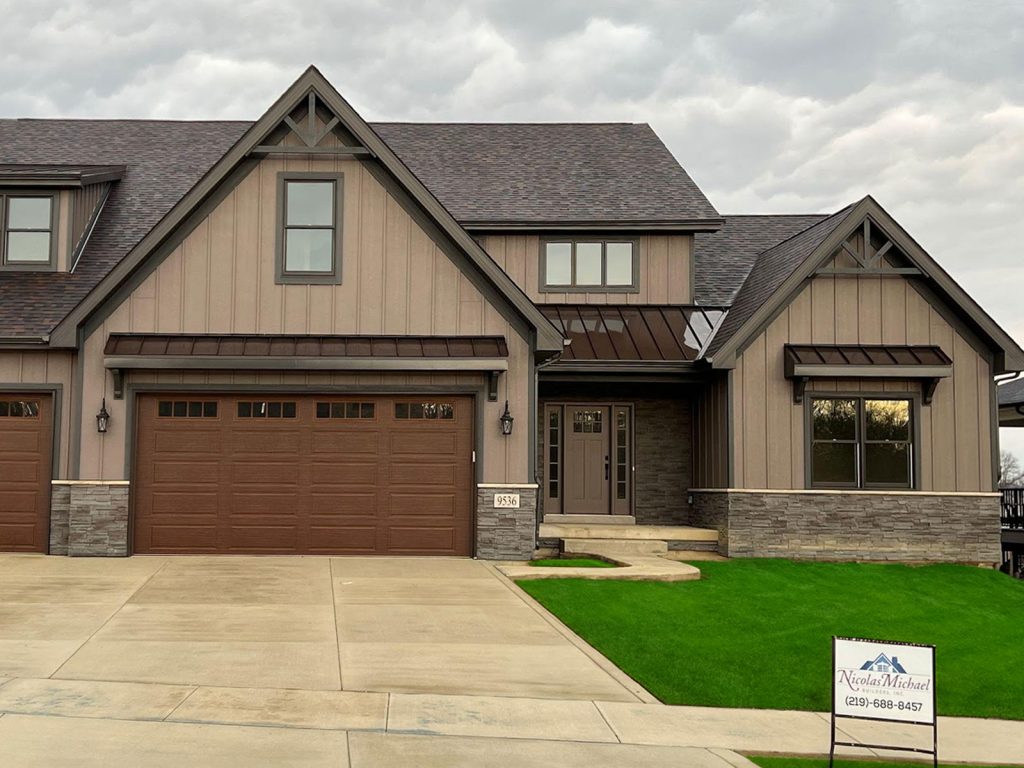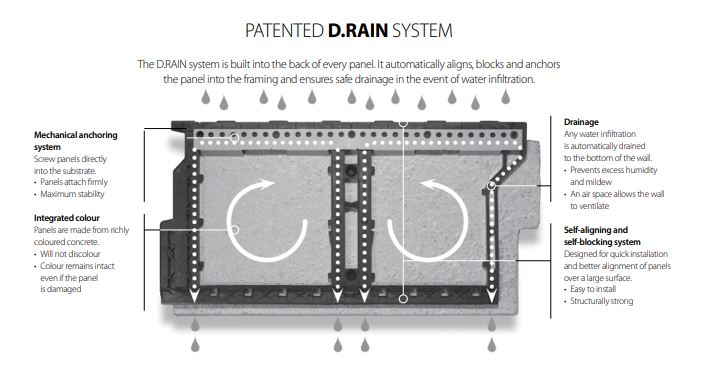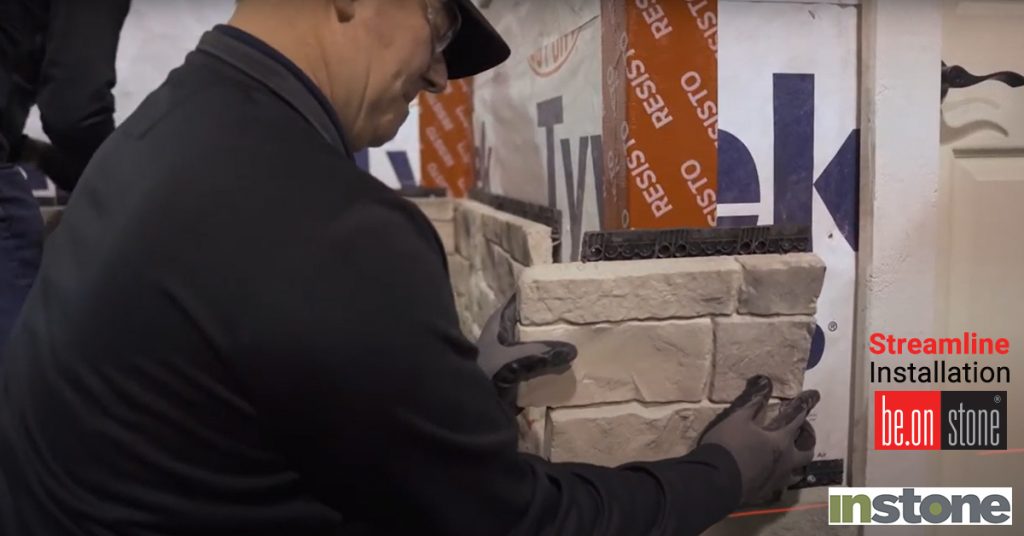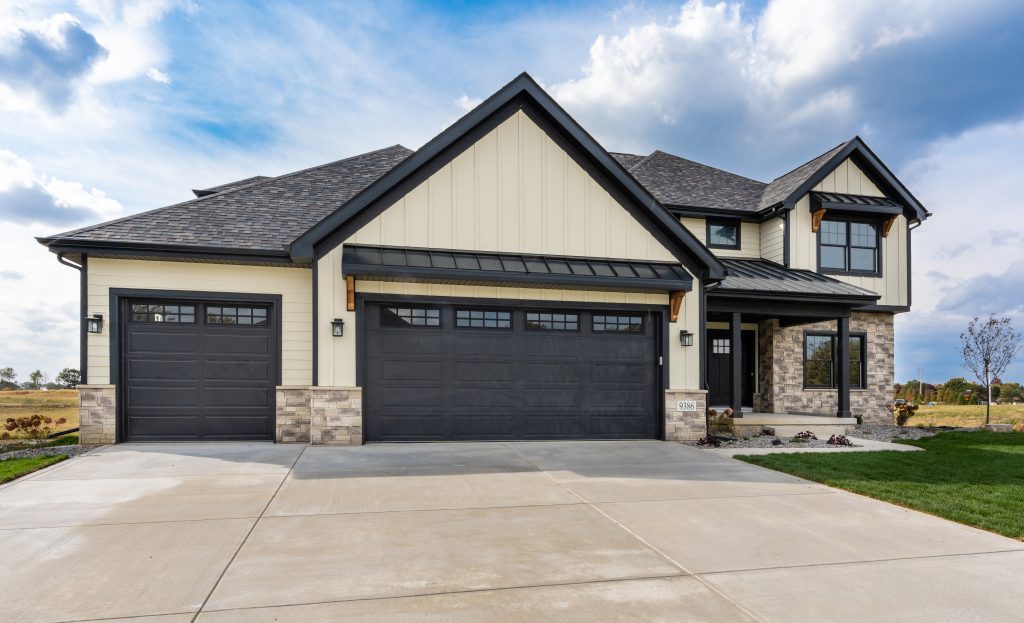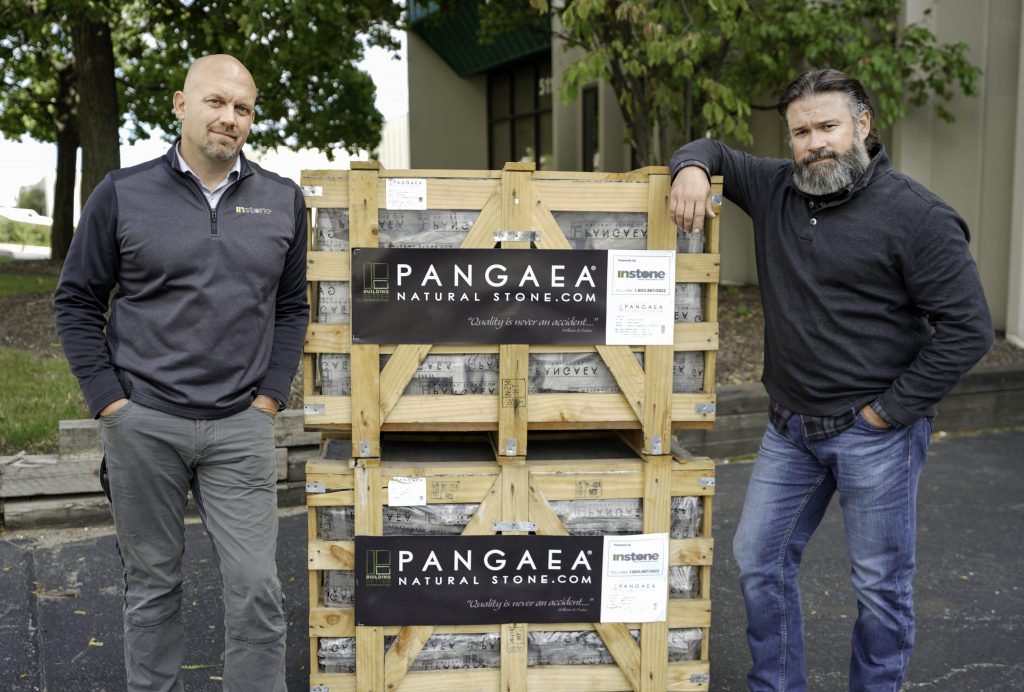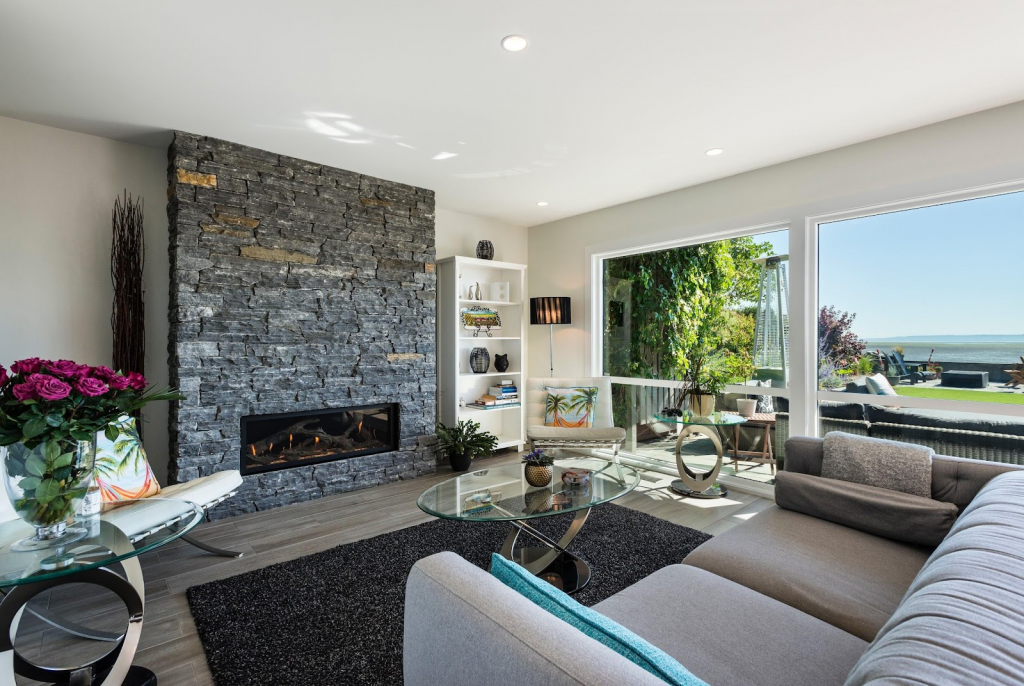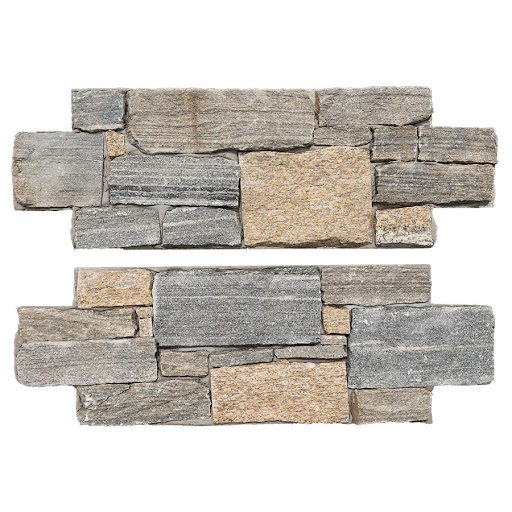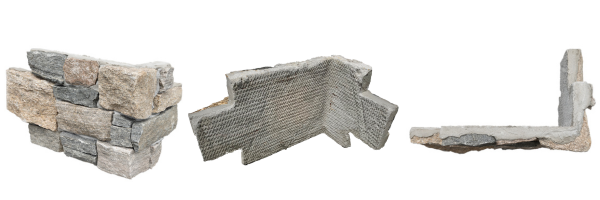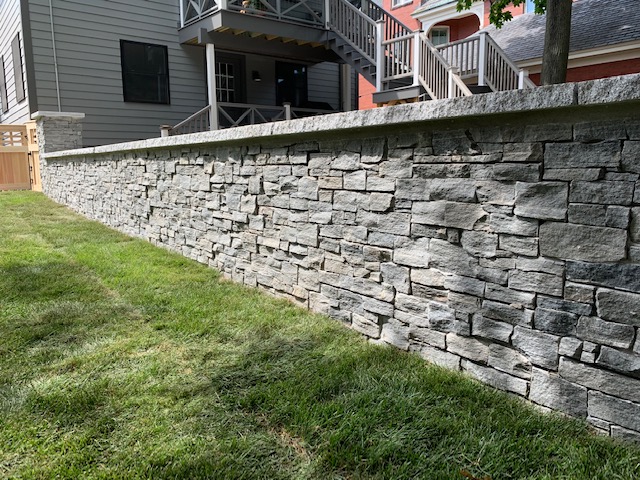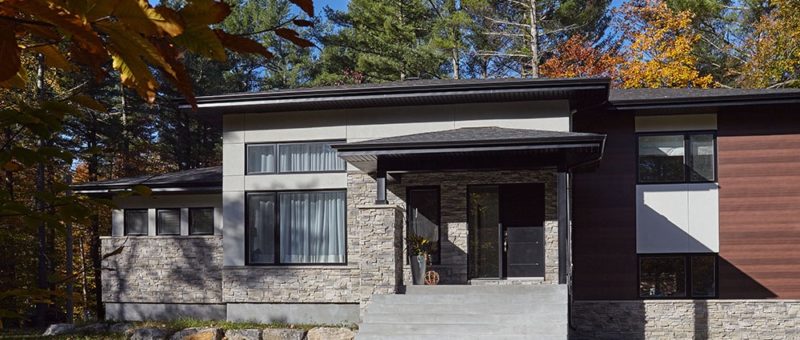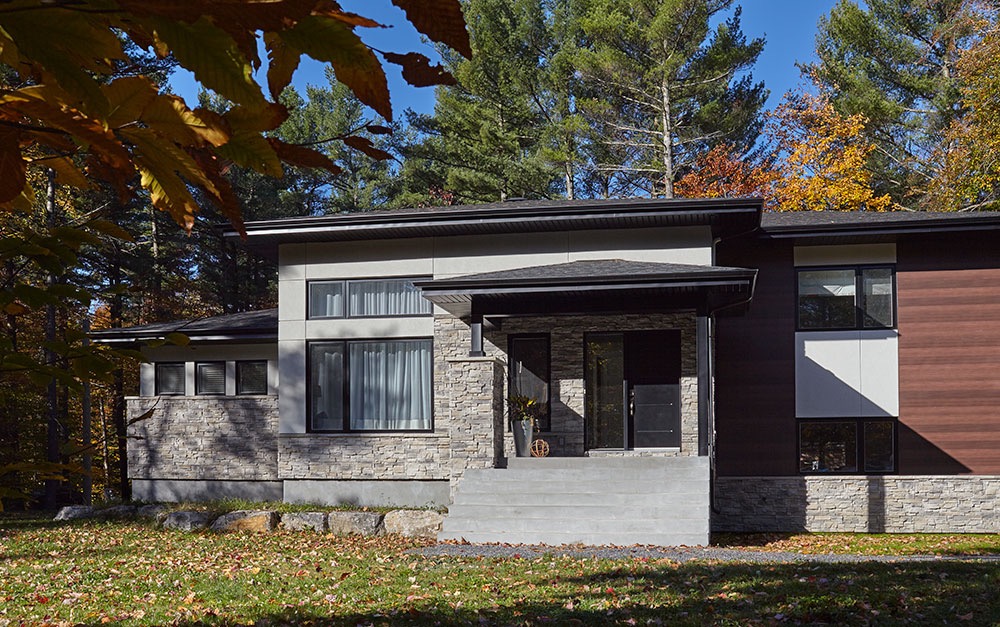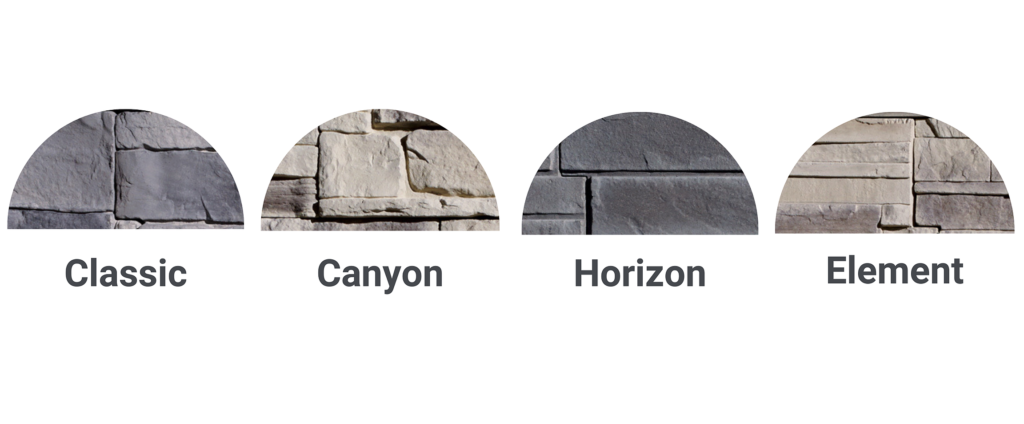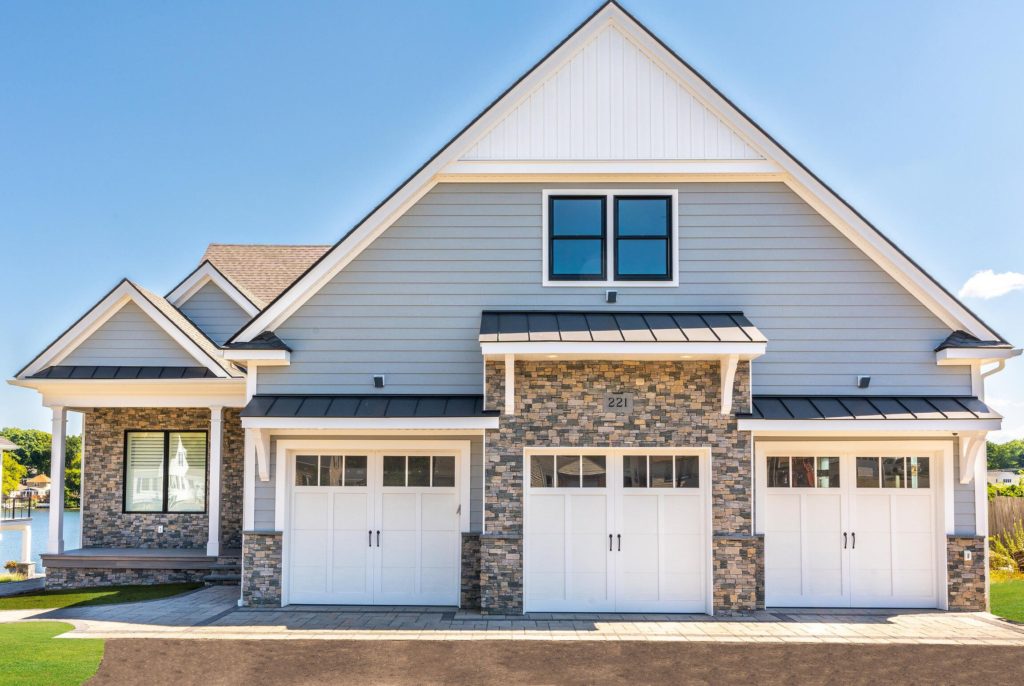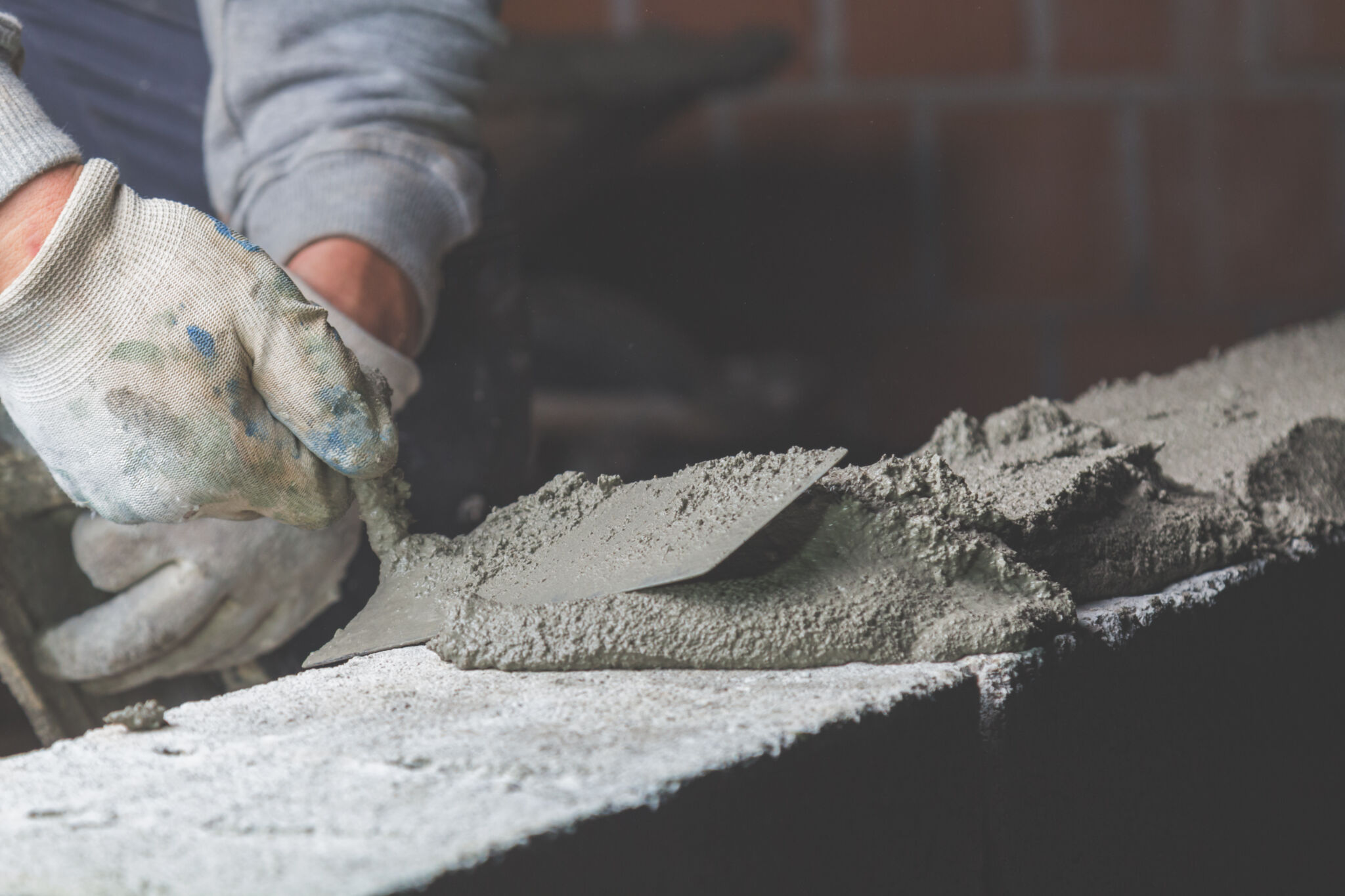
Investing in Excellence: How the Certified Installer Program is Raising the Bar in the Masonry Industry
For a homeowner getting started on a masonry project, finding a top-quality local contractor can feel like a virtual maze. Unless you have a family connection or a trusted source shares a positive testimonial, you’ll likely delve into the hit-or-miss world of crowdsourced websites. When sifting through the well of comments on Google, social media and home improvement sites, it can be hard to know what to believe. Was that five-star rating and glowing review submitted by the owner’s wife? Was there more to the story than the rant about a crew that wasn’t up to the job?
A new program initiated by the Concrete Masonry and Hardscapes Association (CMHA) is taking the guesswork out of the process by providing hard-earned endorsements from those who know the field best. Launched in January 2023, the Certified Installer Program grants certificates to those who undergo two days of testing and observation to demonstrate their skills and knowledge.
Nearly four years in the making, the program was developed by a consortium of manufactured stone producers, installers, vendors and respected industry experts.

“The Program offers professionals an opportunity to separate themselves from the pack of less skilled and experienced competitors in their market”
Jeff Tew, Westlake’s Director of Technical and Training
“As long as I’ve been doing this, I’ve had architects, homeowners and builders ask, ‘How do I know if I’ve got a good installer,’ or, ‘Do you have a list of certified installers?’ We couldn’t do that on our own as a company, but as an industry we could take that up and deliver a robust certification program,” Tew said. “It’s a great way to now point those folks in the direction of the best-quality contractors.”
Once certified, installers are listed on the CMHA and Westlake Royal Stone Solutions websites (click here to scan the current roster). Tew said interest from customers has been high already.
“The people who are joining are interested in seeing the industry become better, stronger and more code-compliant,” Tew said. “The early adopters joining the program now are the ones who will see the most and fastest results. Beginning next year, a lot more information from the CMHA will be pushed out to architects and builders encouraging them to use those certified contractors.”
Making the Grade
Those who seek certification will go through a course administered either by the CMHA or regional partners (including Westlake) that have undergone “train the trainer” programs.
Day one is primarily conducted in the classroom. Participants complete a series of modules covering each step from installation to completion, including code requirements, materials, and terminology definitions. Trainers provide instruction on key topics like how to assess a wall’s suitability for installations; the proper use of grouting and mortar, and when materials should be discarded; and working in varying temperatures. Participants must pass a 50-question multiple choice test at the end of the day.
Day two is more hands-on and challenges installers to demonstrate their ability under close observation. Participants must install manufactured stone veneer on a 10-square-foot wall, demonstrating proper techniques and following any special instructions in the product’s guide. They are also shown a completed wall that has 12 mistakes and asked to identify them.
The certification lasts three years. To renew it the first time, participants can retake the 50-question written test online to extend their certification by three years. For second renewals, the applicants must retake the full course in person. (The course designers determined that after six years, enough conditions in the industry will have changed to warrant a reexamination.)
An Investment in the Future
Westlake produces several manufactured stone veneer brands, including Cultured Stone, which is carried by Instone. Cultured Stone’s leadership team was integral in developing the certification program and Westlake has dedicated significant resources into making it successful, Tew said.
The company views its contributions as an important investment in an industry that is still growing up, he said. Actions like the creation of the Certified Installer Program and the establishment of the ASTM 1670 standard for manufactured stone veneer products are helping build credibility and will improve the industry’s reputation going forward.
“It’s another important step, and the CMHA taking leadership and developing this program is one way we can show that we care about the contractors out there,” Tew said. “We’re not just trying to sell them stone. We’re also trying to help them succeed with their businesses.”
To view a schedule of upcoming certification session dates and locations in your region, click here.
For additional questions about the program or manufactured stone veneer, contact Instone today.

